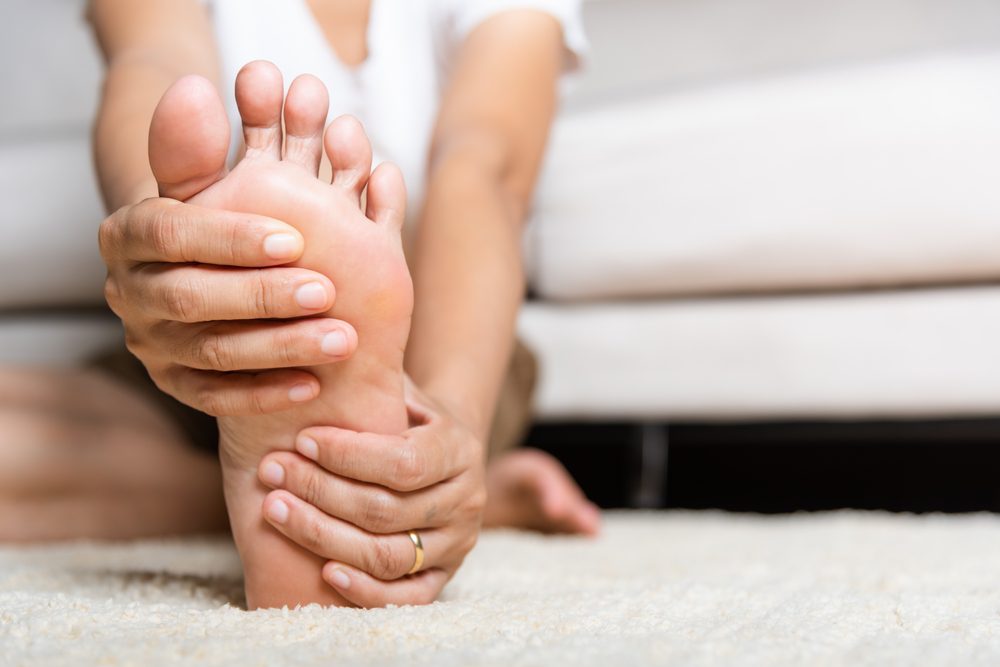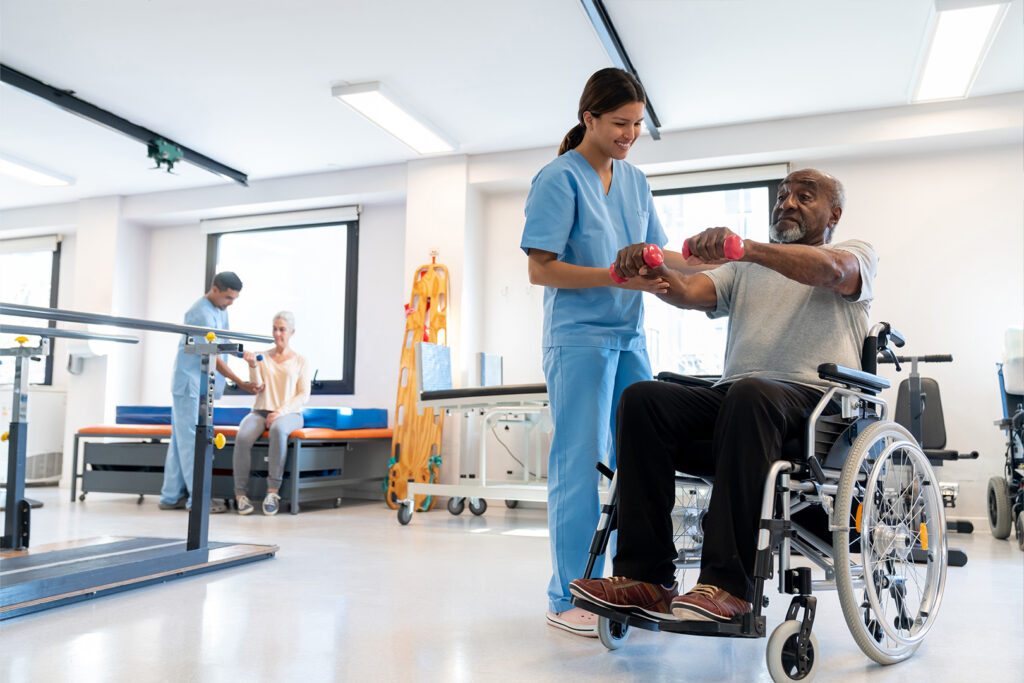Joint replacement is a common procedure often evaluated when joint pain or mobility issues impact daily activities. Understanding what to expect at each stage can help individuals prepare for the process and support their recovery. Here is more information on this procedure, why it is conducted, and what you can expect before, during, and after:
What Is Joint Replacement?
Joint replacement is a surgical procedure in which parts of a damaged joint are removed and replaced with artificial components called prostheses. This is commonly performed on weight-bearing joints such as the hip and knee, but may also be done on the shoulder, elbow, or ankle. The aim is to improve joint function and support mobility.
Artificial joints are designed to replicate the movement of natural joints. Different materials, like metal, ceramic, or plastic, may be used based on individual needs and specific joint anatomy. An orthopedic surgeon determines the most suitable approach and materials for each patient.
What Conditions and Symptoms Does It Address?
This procedure is most often recommended for individuals with chronic joint pain that has not responded to less invasive treatments. Osteoarthritis is the most frequent condition leading to joint replacement, but other causes include rheumatoid arthritis, post-traumatic arthritis, and joint injuries. Common symptoms addressed through joint replacement include persistent pain, stiffness, swelling, decreased range of motion, and difficulty performing daily activities. Candidates for this procedure frequently experience reduced mobility that interferes with walking, climbing stairs, or other routine movements.
What Can You Expect Before Joint Replacement?
Preparation typically begins with a comprehensive evaluation. This evaluation usually involves a physical examination, medical imaging (such as X-rays or MRIs), and a medical history review. Your healthcare provider may also request laboratory tests to assess general health and identify potential risks.
Before the procedure, patients may receive education about the surgery, hospital stay, and rehabilitation process. Preoperative planning can involve physical therapy exercises to strengthen joint muscles. Adjustments to current medications or home preparations may be discussed to promote a smoother recovery.
What Happens During the Procedure?
A joint replacement procedure may be performed under general or regional anesthesia. An orthopedic surgeon makes an incision over the affected joint, removes the damaged bone and cartilage, and then positions the artificial joint components. The joint is assessed for alignment and range of motion before the incision is closed. The duration of the procedure can vary based on the specific joint involved and the extent of damage.
What Is Recovery Like?
After the procedure, the patient is moved to a recovery area for initial monitoring. During recovery, focus is on pain control, wound care, and preventing complications like infection or blood clots. Hospital stays can range depending on overall health and the type of joint replaced.
Rehabilitation is integral to recovery and typically involves physical therapy to help restore mobility, flexibility, and strength. Patients may gradually return to light activities, progressing to more demanding movements as healing advances. Postoperative follow-up with the surgical team helps track progress and address any concerns.
Learn How You Can Find Relief From Joint Pain
Joint replacement is an option for individuals whose joint pain limits daily activities and has not improved with other treatments. While each patient’s experience can differ, knowing what happens before, during, and after the procedure supports a smoother process. Consult a qualified orthopedic provider to learn more about joint pain management options or the surgical process. Guidance from medical professionals can help you make informed decisions and take steps toward improved mobility and comfort.





Leave a Reply